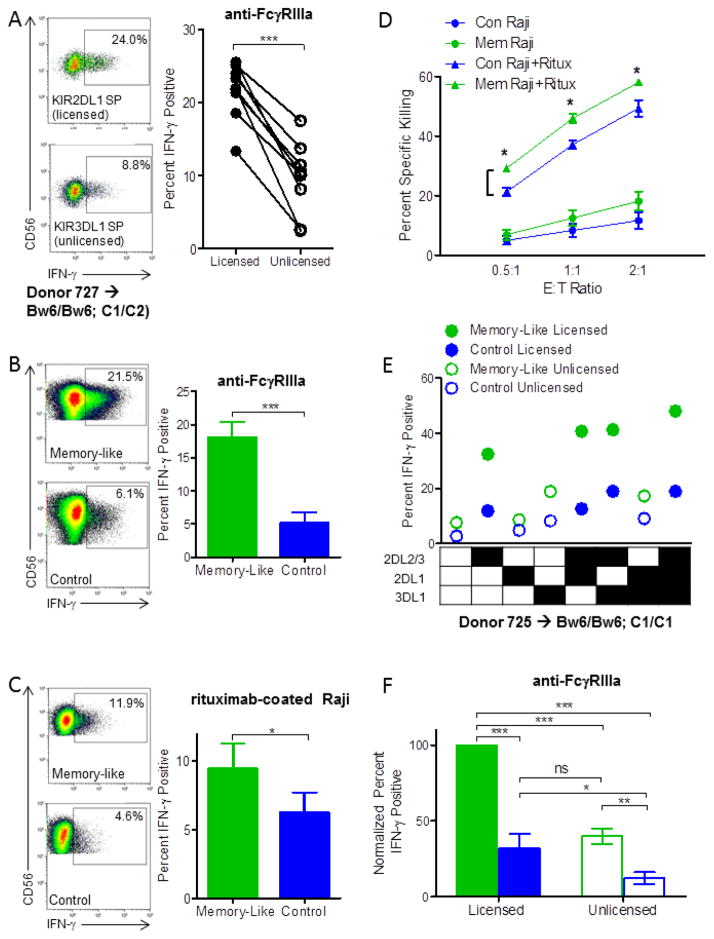Figure 2. Memory-like NK cells show enhanced responsiveness to FcγRIIIa ligation among both licensed and unlicensed NK cells.
(A) Naïve PBMC were stimulated with plate-bound anti-FcγRIIIa antibody for 6 hours and analyzed for intracellular IFN-γ production while gating on licensed vs. unlicensed NKG2A−CD56dim NK cell subsets as described in Figure 1. Flow cytometry plots of IFN-γ positive cells from select licensed vs. unlicensed NKG2A−CD56dim NK subsets from a representative donor and summary data showing the IFN-γ response of all licensed vs. unlicensed NKG2A−CD56dim NK cells from n=9 normal donors (n=7 independent experiments) are shown. (B–F) Memory-like and control NK cells were differentiated as described in Methods and re-stimulated with plate-bound anti-FcγRIIIa antibody (B, E, F) or rituximab-coated Raji lymphoma target cells (C) in a 6 hour functional assay, or rituximab-coated Raji lymphoma targets in a 4 hour FLoKA (D). (B, C) Representative flow cytometry data is shown, as well as summary data of mean ± SEM IFN-γ positive memory-like vs. control NK cells from n=8–10 normal donors (n≥4 independent experiments). (D) Memory-like vs. control NK cell ADCC at different effector to target ratios. Con = control, mem = memory-like, Ritux = rituximab-coated. Raji cells alone are relatively NK cell-resistant, and killing without rituximab did not differ between control and memory-like NK cells. (E) IFN-γ response of the different NKG2A−CD56dim NK cell subsets to plate-bound anti-FcγRIIIa antibody according to KIR expression from a representative donor. (F) Summary data of the normalized mean ± SEM IFN-γ response to plate-bound anti-FcγRIIIa antibody of licensed vs. unlicensed memory-like or control NK cells. Normalization was performed as described in Figure 1. Memory-like NK cells = green, control NK cells = blue. Closed circles and bars = licensed NK cells, open = unlicensed NK cells. HLA-B and -C type is indicated for each representative donor. *p<0.05, **p<0.01, ***p<0.001.

